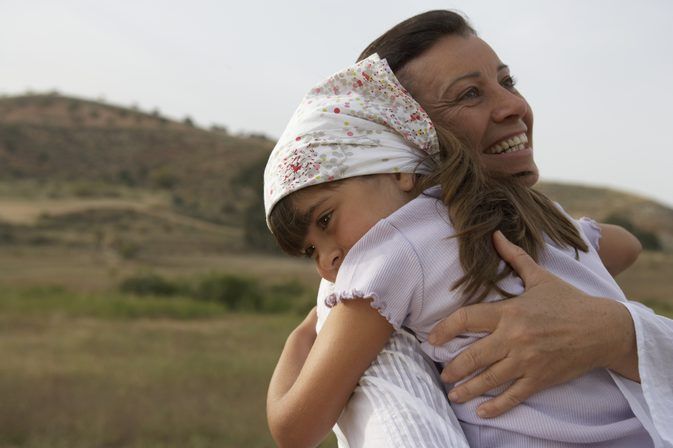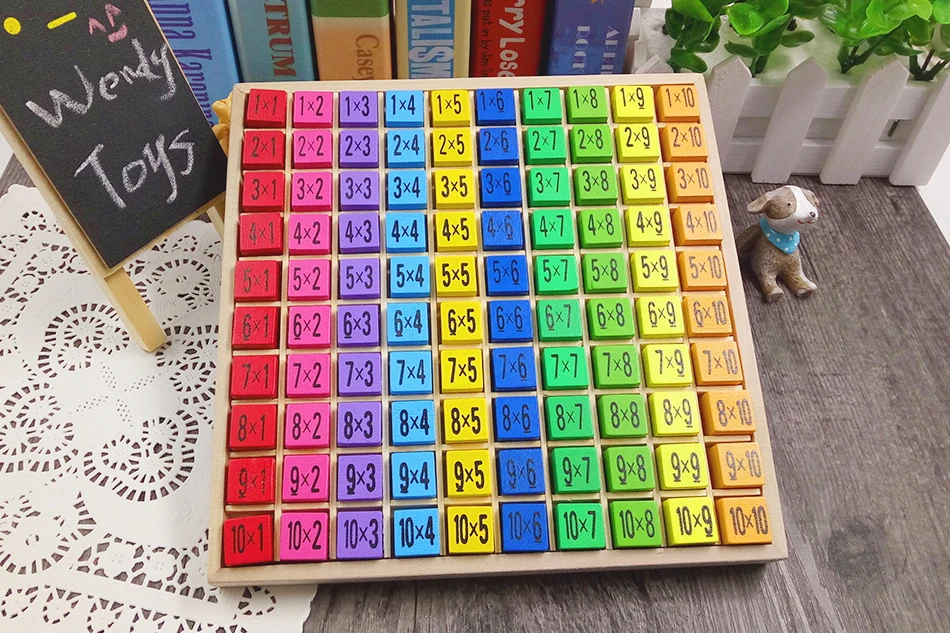How to deal with angry autistic child
A guide for parents and carers
Autistic people have a lot to contend with. The difficulties they experience in everyday life – due, for example, to communication and sensory differences - may lead to feelings of frustration and anger.
This guide gives some practical ways in which you can help, including preventing and managing anger and helping your child to manage their feelings.
Communicate clearly
Some autistic people can experience difficulties making themselves understood, understanding what's being said to them, and understanding facial expressions and body language. This can cause considerable frustration and anxiety which may result in anger or distressed behaviour.
Speak clearly and precisely using short sentences. By limiting your communication, the person is less likely to feel overloaded by information and more likely to be able to process what you say.
Autistic people often find it easier to process visual information. Support the person to communicate their wants, needs and physical pain or discomfort, eg by using visual stress scales, PECS (Picture Exchange Communication System), pictures of body parts, symbols for symptoms, or pain scales, pain charts or apps.
Give more time to process information. Use the six second rule (give the information, wait approximately six seconds to allow processing time, then if necessary, repeat the information using the same words).
Provide structure
Creating structure for your child can help reduce anxiety and angry reactions:
- Make sure your child knows what is going to happen daily.

- Use visual supports and timetables.
- Build in relaxing activities.
- Give your child time alone to recharge.
Help to identify emotions
Many autistic people find it difficult to understand abstract concepts such as emotions, but there are ways to turn emotions into more 'concrete' concepts, eg by using stress scales. You can use a traffic light system, visual thermometer, or a scale of 1-5 to present emotions as colours or numbers. For example, a green traffic light or a number 1 can mean 'I am calm'; a red traffic light or number 5, 'I am angry'.
You could help the person to understand what 'angry' means. One way to do this is to refer to physical changes in the body. For example, 'When I'm angry, my tummy hurts/my face gets red/I want to cry'. Once the extremes of angry and calm are better understood, you can start addressing the emotions in between.
One way to do this is to refer to physical changes in the body. For example, 'When I'm angry, my tummy hurts/my face gets red/I want to cry'. Once the extremes of angry and calm are better understood, you can start addressing the emotions in between.
If the person can identify that they're getting angry, they can try to do something to calm themselves down, can remove themselves from a situation, or other people can see what is happening and take action.
For children and some adults social stories can be a useful way of explaining how to manage anger. Adults can also use the Brain in Hand digital self-management support system.
Offer a safe space or 'time out'
A safe space, or time out, can be a way to calm down, especially if environmental factors, such as flickering lights, are causing distress. This could be in a familiar place, like their bedroom, or doing a calming activity.
This could be in a familiar place, like their bedroom, or doing a calming activity.
Offer an alternative
Anger can often be diffused by an activity that releases energy or pent-up anxiety. This might be punching a punch bag, bouncing on a trampoline or running around the garden.
Find out if the person is being bullied
Autistic people are at more risk of being bullied than their peers. Some will have difficulty recognising what bullying is, and may not be able to describe what has happened. The feelings created by being bullied may lead to anger or distressed behaviour.
Read more about bullying and what you can do to help.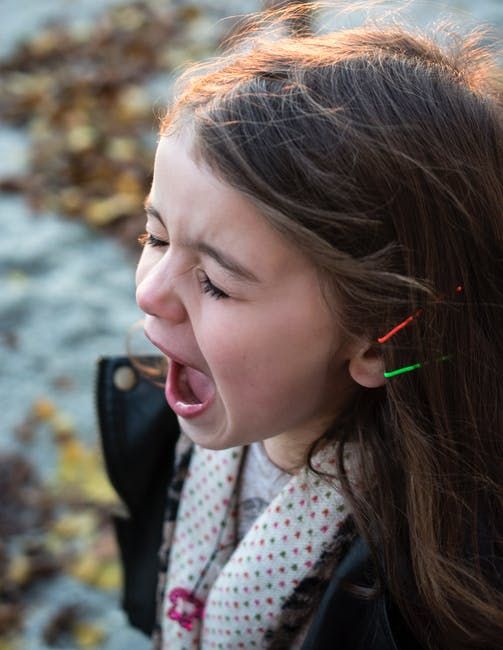
Useful resources
- Autism: understanding and managing anger by Andrew Powell
Autism and Anger - Hidden Talents ABA
Scott Rustulka
Scott, a native of Canada, joined the Hidden Talents team at the onset of 2021, moving his family of 6 from San Diego to the great state of Georgia. He began his journey in behavior analytics in 2001 at a time when autism programs had very little oversight by credentialled clinicians. The onset of that journey was wrought with disappointment in a system that seemed to do very little lasting good for the long-term growth of the individuals within that system.
Over the years, Scott determined to ensure that dignity and respect was afforded to the children he had the privilege of working, while devoting a lot of energy into understanding how the development of a child is the key focus to treatment and not reactive behavior modification. Truly listening to the child and the family and finding ways to make behavior change fun and engaging continues to be his passion. Over the last 20 years, Scott still relishes every opportunity to visit families and have the honor of being a part of their lives.
Truly listening to the child and the family and finding ways to make behavior change fun and engaging continues to be his passion. Over the last 20 years, Scott still relishes every opportunity to visit families and have the honor of being a part of their lives.
Maureen O'Brien
Maureen joined the Hidden Talents ABA Team in 2020 and has over 15+ years’ of Office Management and Administrative experience. Maureen is that friendly voice that will most likely greet you when you call into the office with a positive attitude and ready to assist with the screening and the ABA authorization process. Maureen said “the best part of my job is working with a phenomenal team and helping as many families as possible.
Olivia Steele
Olivia’s goal is to act as the bridge between our Registered Behavior Therapists and the families that they serve. She has always gravitated towards opportunities that harbor a personal client connection, with a mission statement to always help others.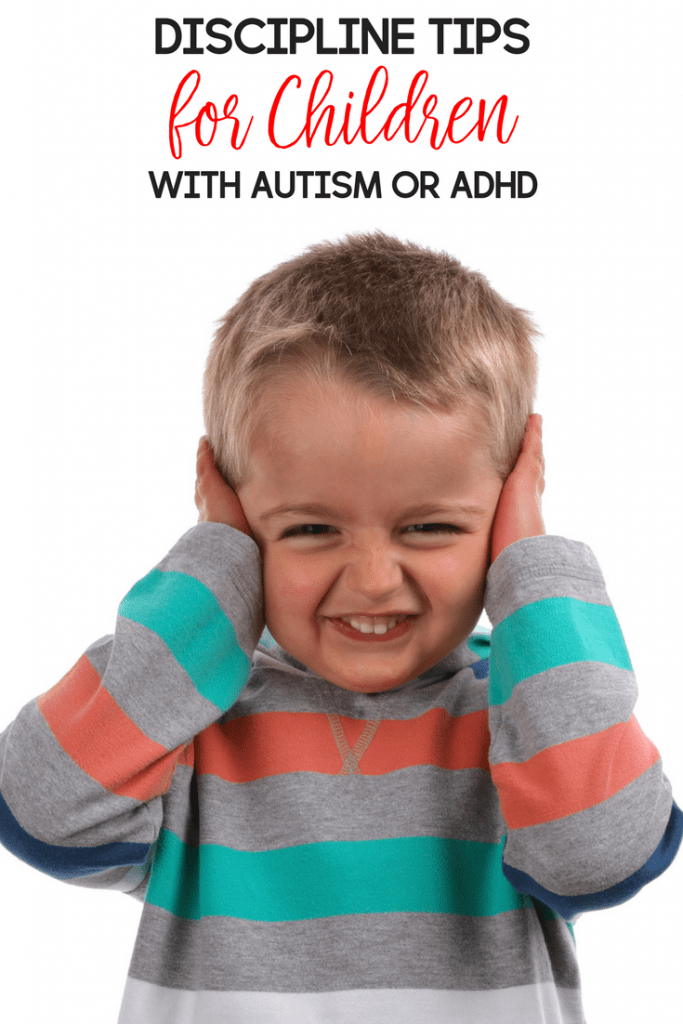 Olivia is passionate about fitness and wellness, spending the last decade as a part time fitness instructor. She most enjoys yoga and Pilates, disciplines that have both physical and meditative benefits. In her free time, she likes crafting and is an amateur woodworker. She is also a big animal lover; she owns a cat and 13 tarantulas.
Olivia is passionate about fitness and wellness, spending the last decade as a part time fitness instructor. She most enjoys yoga and Pilates, disciplines that have both physical and meditative benefits. In her free time, she likes crafting and is an amateur woodworker. She is also a big animal lover; she owns a cat and 13 tarantulas.
Arye Hartal
Arye is a Licenced Behavior Analyst and a former airline pilot. His areas of interest include verbal behavior (VBT) and Acceptance and Commitment Therapy (ACT). Improving the quality of life for children with Autism Spectrum Disorder and their families is of great importance to him. Over the course of his career, he has become highly qualified in implementing many ABA techniques including PRT, FCT, ESDM, DTT and NET.
Arye has experience working in the school, community, and home-based settings. His patience, compassion, and knowledge of ABA contributes greatly to the success of the children that he works with. His interests outside of work include volunteering for I Can Bike (teaching kids with disabilities how to ride a bicycle), traveling, spending time with friends and family, playing hockey, and reading.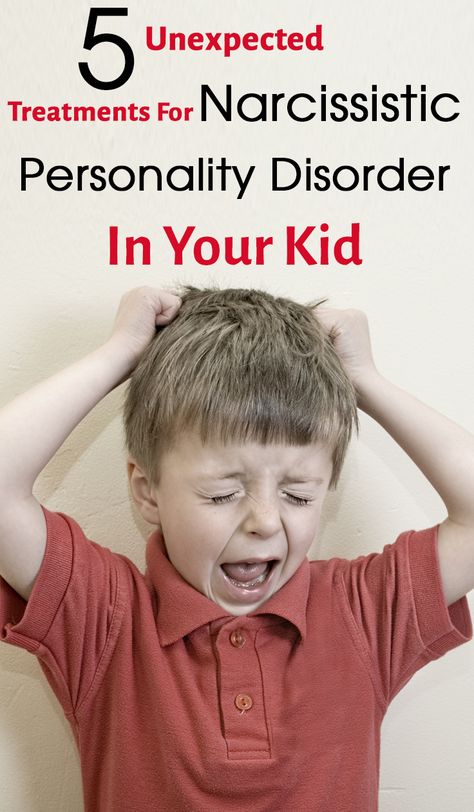
Joanna Young
Joanna is a graduate of Ball State University and became a licensed, board-certified behavior analyst (BCBA) in 2016. She has worked in this field since 2014 in a variety of settings ranging from in-center, in-home, and currently telehealth. Joanna was introduced to the world of behavior analysis as an undergraduate trying to fulfill her degree requirements, which landed her an internship working as an in-home behavior technician. She quickly realized how effective early intervention ABA therapy was and enjoyed seeing her clients gain new skills as they became more independent.
Joanna particularly loves working with children under 3, especially now that she has her own 6-month-old daughter! She is passionate about ensuring ABA strategies and techniques translate well into the home setting and parents feel empowered to help shape their child's life. Joanna joined the Hidden Talents team in March 2021 as a clinical supervisor and works remotely from Houston, TX.
Elissa Watson
Elissa is a Board Certified Behavior Analyst from Greenville, South Carolina. She has a Masters in Science for Psychology with an emphasis in Applied Behavior Analysis and has been working in the field of ABA for 9 years. She has had experience as both an RBT and BCBA in the home, clinical, community, school and telehealth-based environments with a wide range of clients and ages. Elissa, as a part of the Hidden Talents team has broadened her experience to make ABA more accessible to all. When not working, Elissa enjoys spending time with her husband and pets, traveling, and playing music.
Matthew Grennell
Matthew received his Masters of Science in Applied Behavior Analysis in May of 2009 from Florida Institute of Technology. Over the course of his career, Matthew has worked in Florida, Texas and New York, serving both children and adults in both in-home as well as clinic-based settings. The majority of Matthew’s work in Applied Behavior Analysis has been in the in-home setting. Matthew has also consulted with schools and worked as part of multi-disciplinary teams as well as concurrently teaching certification courses for Florida Institute of Technology’s Applied Behavior Analysis program for four years.
Matthew has also consulted with schools and worked as part of multi-disciplinary teams as well as concurrently teaching certification courses for Florida Institute of Technology’s Applied Behavior Analysis program for four years.
Through teaching Matthew was able to not only ensure quality of services provided by himself but also work to ensure that high quality of services could be provided by other Behavior Analysts and service providers. Matthew is very familiar and experienced in working with families to ensure that behavioral progress for every child is maintained in the home through extensive involvement of parents in the process. Matthew has worked primarily with parents and families in all three states he has worked in and has experience with collaborating successfully with all professionals involved in a child’s care.
Matthew believes strongly that a child’s success is best achieved through building skills that maximize success in all areas of their life as a comprehensive approach. Matthew believes that, through this approach, not only does the child benefit directly from improvements in their skill level but the family benefits as well.
Matthew believes that, through this approach, not only does the child benefit directly from improvements in their skill level but the family benefits as well.
Sharifah Christie
Born in Kingston, Jamaica, Sharifah moved to America when she was 8 years old. She knew from a young age that she wanted to have a career focused on helping children. In college for her undergraduate program, she studied Speech Pathology at the University of West Georgia. In the later part of the program, she was exposed to the principles of Applied Behavior Analysis and decided to make a switch, eventually graduating with a masters in ABA with an emphasis in Autism at Ball State University. Her fascination with the field deepened as she continued to work as a Behavioral Therapist for over two years.
Desiring to develop in other roles and responsibilities within this field, Sharifah is now managing the administrative aspects of the clinical hiring and training at Hidden Talents and enjoying every moment of it! Sharifah has always said that the most favorite part about her career so far has been the privilege of seeing the progress the kiddos have made overtime and making a difference in their lives while creating a fun learning experience for each of them.
Kimberly Culbreth
Kimberly is a Board Certified Behavior Analyst from South Carolina with more than 10+ years in the ABA field. Kimberly completed her undergrad at Clemson University, and she graduated from Capella University with a Masters of Science in Psychology with an emphasis in Applied Behavior Analysis in 2018. Kimberly is very passionate about working with children with disabilities and helping them succeed. She consistently goes above and beyond for all of her clients.
Kimberly has experience working with children in the home, clinic, community, and telehealth-based settings. She recently started at Hidden Talents to help broaden her experiences with working with children with disabilities. Outside of work Kimberly enjoys spending time with her 3-year-old daughter, traveling, and cooking.
Bisirat Haile
Bisirat Haile is a passionate Board-Certified Behavior Analyst serving her community for over 10 years. Bisirat Has a 10-year track record of working collaboratively with families and RBTs to create lasting change for children with ASD. Bisirat is a telehealth BCBA for Hidden talents. Listening to the priorities of families and earning their trust is extremely important to Bisirat. Bisirat joined the Hidden Talents team as the company shares her commitment to learning and listening to families to provide them support. Bisirat is excited to potentially work with you and provide you support.
Bisirat is a telehealth BCBA for Hidden talents. Listening to the priorities of families and earning their trust is extremely important to Bisirat. Bisirat joined the Hidden Talents team as the company shares her commitment to learning and listening to families to provide them support. Bisirat is excited to potentially work with you and provide you support.
Lindsay Campbell
Lindsay Campbell is a Board Certified Behavior Analyst and Advanced Certified Autism Specialist. She is a future clinical neuropsychologist who is passionate in diagnosing, assessment and creating individualized treatment plans to address each child’s area of need. Lindsay has worked in a variety of settings including forensic, school, home, hospital, and telehealth settings. Lindsay received her dual bachelor’s degrees in Psychology and Criminal Justice from California State University, and her Master of Science in Applied Behavior Analysis from National University. After receiving her BCBA, Lindsay went back to complete her Doctorate in Clinical Neuropsychology from California Southern University and will be graduating in 2021 with the highest honors.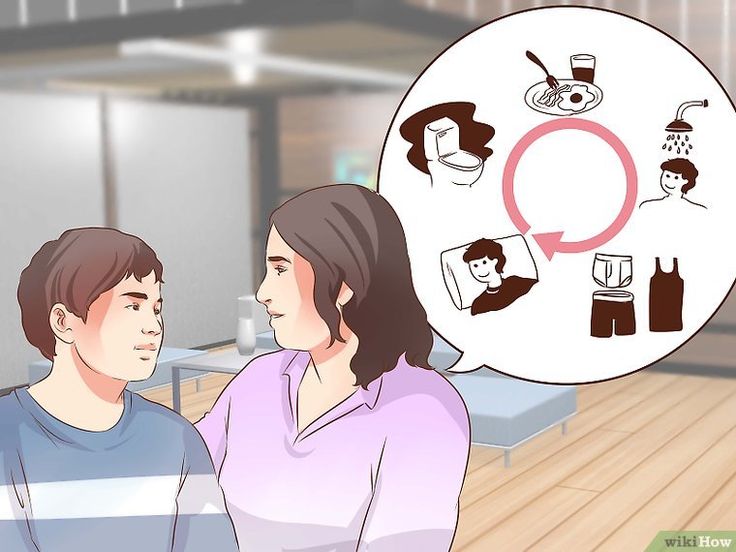
Her ultimate goal is to bridge the gap between diagnostic evaluation and treatment with ABA to allow timely access to ABA services. Lindsay believes the most important letters after her name are 'MOM' as she is the mother of an atypical child. She brings a professional and personal perspective to teaching and raising a child with atypical learning skills to build relationships and further support parents. Integrating ABA techniques and evidence-based practices, she believes we can make significant changes to increase skills of children and their family.
How to behave with an autistic child. How to communicate with autistic children.
How to behave with an autistic child. How to communicate with autistic children. Gimranov Rinat Fazylzhanovich
Neurologist, neurophysiologist, experience - 33 years;
Professor of Neurology, MD;
Clinic for Rehabilitation Neurology. About the author
Publication date: August 1, 2020
Updated: March 25, 2021
These children perceive the world as special, it is difficult for them to communicate, they do not seek to explore the environment and are immersed in themselves.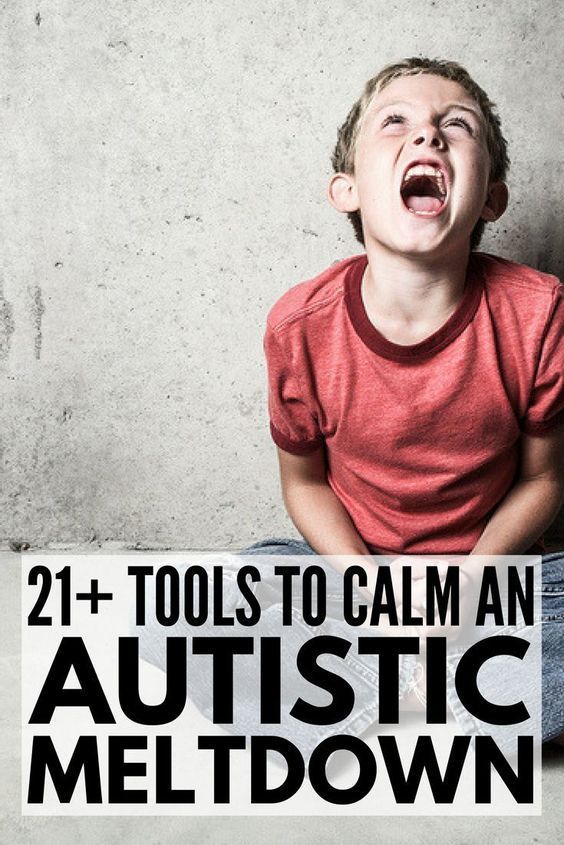 But with proper corrective work, socialized adults grow out of them. Able to live independently among people and achieve impressive success. Yes, among the great people there are autists.
But with proper corrective work, socialized adults grow out of them. Able to live independently among people and achieve impressive success. Yes, among the great people there are autists.
The disorder begins to manifest itself early, at 2-3 years old, by the age of 5 autistic children are already formed, and therefore the question of how to communicate with them, how to behave, is relevant from the first years of life.
Psychologists and teachers of correctional schools have developed certain rules based on the characteristics of the worldview of such children and their attitude towards others. Following them, it is possible to establish contact, promote the development of abilities and socialization of special children and adolescents.
Article content:
- 1 Communication building techniques
- 1.1 Be quieter
- 1.2 Respect and order
- 2 What not to do?
- 2.1 Special and in communication
- 2.2 Explain to others - facilitate communication
- 3 References
Methods of building communication
After a child is diagnosed with autism, parents have a question: how to communicate with them?
How to build a family microclimate if there is a special person in the family so that he can develop, feel safe and gradually adapt to society?
General rules have also been developed that apply to all people with this feature:
Be quieter
- Speak calmly, in a measured tone.
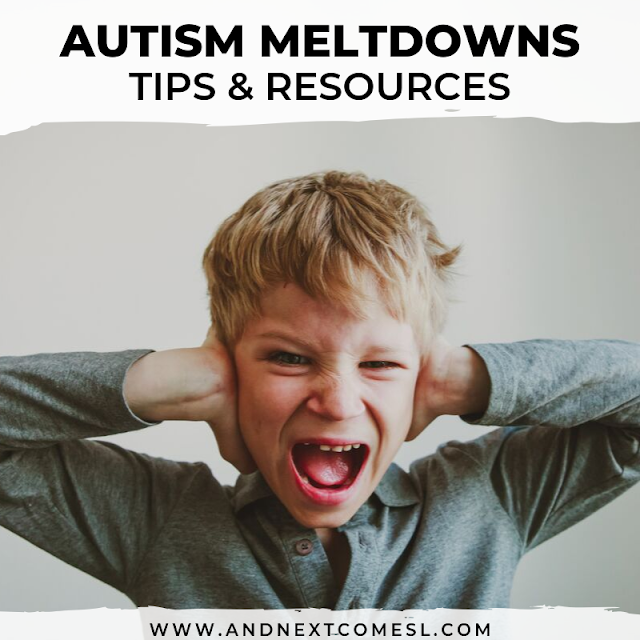 Children with ASD (Autism Spectrum Disorders) are not able to read your emotions from your voice: they react to any sudden change in tone. Raising or lowering the voice is perceived as a cause for concern.
Children with ASD (Autism Spectrum Disorders) are not able to read your emotions from your voice: they react to any sudden change in tone. Raising or lowering the voice is perceived as a cause for concern.
- Avoid loud noises. Children with this disorder often have hypersensitive hearing, so many sounds that other children do not notice may seem painful to them.
- Do not fight in front of a child with ASD. When communicating in the family, use friendly intonations in your voice, they are perceived by children as a positive factor.
- Pay attention to background music in games, cartoons, audio books. Exclude fast, rhythmic music of any direction. The sounds of nature, measured, calm classics are better suited for the nervous system of special children.
Respect and order
- Address by name to indicate who you are speaking to. You can additionally touch the shoulder to help the baby focus on you.
 But do not overdo it: such children are very jealous of their personal space. Even the touch of well-known people may be unacceptable to them.
But do not overdo it: such children are very jealous of their personal space. Even the touch of well-known people may be unacceptable to them.
- Introduce any changes in the routine or the world around you gradually, as such people do not tolerate changes in the world around them. Autistic people are conservative by nature.
- To tell about something new, to give additional information about the world, focus on the interests of the child, put them at the heart of your statement. Then he will be interested and remember the story with a greater probability.
- Develop a strict daily routine, introduce rules and restrictions. Observe them yourself at all times and avoid change. This will allow the autistic person to feel more confident, save from internal discomfort.
Life with such a specific family member causes certain difficulties, but one can get used to them, especially since the consistent observance of acceptable rules in the end positively affects the communication of autistic children, helps them to contact with others, to socialize.
Thanks to thoughtful and consistent work, the intelligence of children is fully realized. It is possible that they will feel comfortable and can study in a regular school.
What not to do?
Understanding how to behave with an autistic child, a teenager, how to communicate with an autistic person in the family, it is worth mentioning those actions that cannot be performed.
Most people suffering from ASD, even if it is a mild form, have a hard time making contact with their relatives, not to mention new acquaintances. They are shy, and, as a result, are closed from communication.
One misunderstood phrase can nullify communication with an autistic child. Which can stop interacting both with a specific person and with others, for a long time.
Special and in communication
When communicating with autistic children:
- Consider the directness of the interlocutor. People with ASD do not perceive allegory, irony.
 At the same time, they are straightforward and even in adulthood they poorly read other people's emotions. They do not always follow unwritten social rules. But, by saying something, perhaps unpleasant for you, they do not seek to offend the interlocutor. They simply state a specific fact or ask a question that really interests them.
At the same time, they are straightforward and even in adulthood they poorly read other people's emotions. They do not always follow unwritten social rules. But, by saying something, perhaps unpleasant for you, they do not seek to offend the interlocutor. They simply state a specific fact or ask a question that really interests them.
- Do not ignore the autistic person, do not talk about him in the third person in his presence. As soon as a baby or teenager realizes that he is not taken into account or ignored in a conversation, emphasizing his difference from others, he closes even more, plunging into his experiences and feelings of loneliness, believing that society rejects him because of his differences.
- Do not violate personal boundaries and do not raise your voice. Autistic people react nervously to excessive displays of emotionality and violation of their personal boundaries. Raising their voice frightens them, leads to a state of severe stress, from which they will recover for a long time.
 And bodily contact with an unfamiliar person is perceived as a cruel violation of boundaries.
And bodily contact with an unfamiliar person is perceived as a cruel violation of boundaries.
If you want to touch an autistic person, ask permission. Some guys calm down if they are hugged, but this is a rare case. And not everyone around them is ready to accept such close contact.
- Don't give help you haven't been asked for. In a situation where a person with ASD behaves strangely, and the escort does not react as you see fit - ignore what is happening. Parents and caregivers know more about the patient than you do. Third-party interference only increases stress and aggravates the situation. If you still decide to intervene, then before you begin to provide assistance, ask if it is needed.
Explain to others - facilitate communication
Tell others about people with special needs so that they better understand the difficulties these little ones face. And do not react to them too harshly or negatively. As a rule, even in kindergarten, children who learn about the characteristics of an autistic person from their group begin to behave more friendly towards him, take into account his needs, than when they simply think that he is strange.
Children and adults need to be told how to get to know, start talking to and befriend an autistic child. These people are not dangerous to society. And autism has nothing to do with mental retardation. On the contrary, such people are talented in a certain area, are prone to sincere positive emotions, and are open.
References
Was this article helpful?
You can subscribe to our newsletter and learn a lot of interesting things about the treatment of the disease, scientific achievements and innovative solutions:
Your e-mail
I agree with the privacy policy and the processing of personal data
Please leave this field empty.
We're sorry!
How can this article be improved?
Please leave this field empty.
For more information, you can check with neurologists on our forum!Go to the Forum
If you have any questions, ask your doctors on our forum!
Go to forum
ADD/VIEW COMMENTS
Gimranov Rinat Fazylzhanovich
Make an appointment with a specialist
×
How to visit public places with a child with autism?
07/29/14
Tips for parents to prepare for going out in public with an autistic child
Source: Rethink Autism
Children on the spectrum prefer familiar environments. The routine and rituals of home life help to cope with autism spectrum disorder, so often parents are reluctant to leave the house with their child. Many people worry that public places will cause the child to become overwhelmed by bright lights, sounds, or smells. Others are afraid of the sidelong glances and comments from strangers in response to some of the behavior of an autistic child. Even a simple visit to friends can seem like an impossible task.
The routine and rituals of home life help to cope with autism spectrum disorder, so often parents are reluctant to leave the house with their child. Many people worry that public places will cause the child to become overwhelmed by bright lights, sounds, or smells. Others are afraid of the sidelong glances and comments from strangers in response to some of the behavior of an autistic child. Even a simple visit to friends can seem like an impossible task.
Understandably, many parents of children diagnosed with autism feel isolated and cut off from society. However, staying at home is also not an option. Both you and your child need contact with the outside world. With patience, constant practice, and the right attitude, you and your child will be able to visit many places that now seem inaccessible. Here are some tips that can help:
Stranger Contacts
From a physical standpoint, your child looks just like any other kid on the playground. The average person doesn't know much about autism, so if a child with ASD starts having a big tantrum or "misbehaves", the first reaction of others may be judgmental.
As hard as it is, you may decide to ignore the reactions of others and go about your business. Or you can calmly respond to rude comments and then explain your child's disability. Some parents make special business cards or flyers that say "My child has autism" followed by a brief explanation of exactly what that means. Informing others can help overcome guilt and reduce the stress of leaving the house. Moreover, every person you can explain something to will make the world a little more understanding about autism.
Contacting friends
Going out in public with friends can be tough, especially if other kids are having fun running around and your child is only interested in spinning the car wheel. It will be easier for you to communicate if you try not to compare your child to others, but you are human too and being around typical children can make you feel jealous or desperate. Friends may not be in your position, but if you share your real feelings, they will show more understanding.
Choose who you would like to see next to you and your child. You don't have to go to every baby shower and birthday party, especially if the situation is guaranteed to stress your child. And it's not your job to handle things instead of friends who can't or don't want to understand your situation. Hold on to relationships with people who support you, and leave those friends that make you feel desperate.
Seeking external support
Although you may feel isolated, you will eventually realize that other families with children with autism live in the neighborhood. Connecting with someone who knows first hand what you've been through can help you reduce stress and feelings of loneliness. As you begin to treat your child, you will have opportunities to meet other parents and to become an active part of the community of parents of children with special needs. Parent support groups can be found in your area or online for advice, information, or friendship. Use these opportunities to the maximum, get acquainted and communicate. Believe it or not, someday other parents will turn to you for support and advice.
Believe it or not, someday other parents will turn to you for support and advice.
How to help your child cope with going out in public
1. Use knowledge about your child. If your child does not like to be in the crowd, then it is hardly necessary to take him to the Christmas tree. If your child is a very picky eater, then a new sushi restaurant can wait. Before you take your child anywhere, think through all the possible scenarios that may cause the child discomfort or provoke problem behavior and at first try to minimize these factors when you go somewhere. For example, take your child shopping on the day when the shops are the least crowded and the lines are shortest. Choose a kid-friendly, family-run restaurant that serves food that your child is sure to love. If your child is big enough, be sure to let them know ahead of time when you go somewhere so they know what to expect.
2. Plan ahead. Prioritize and keep your to-do list as short as possible every time you leave the house. Always know in advance where you are going and how long you will be there. Think about possible problems and make action plans in case of their occurrence.
Always know in advance where you are going and how long you will be there. Think about possible problems and make action plans in case of their occurrence.
3. Use images for prompts and a visual schedule. Help your child know ahead of time where he or she is going and what to expect with pictures of places you frequent. Show your child where you are going before you leave the house and use the pictures as often as you can on the road. In this way, the child will be prepared for what will happen next.
4. Keep the child busy. Find specific activities for your child to do while leaving the house. For example, give an older child the "job" of finding the right items from the supermarket shopping list. Take your child's favorite toys or games with you to keep him busy in a public place (for example, while you are eating at a restaurant). Some parents have a special toy that they only give their child when they leave the house. It's a great way to help your child stay calm and in a good mood while you're stuck in traffic or waiting in line at the doctor's.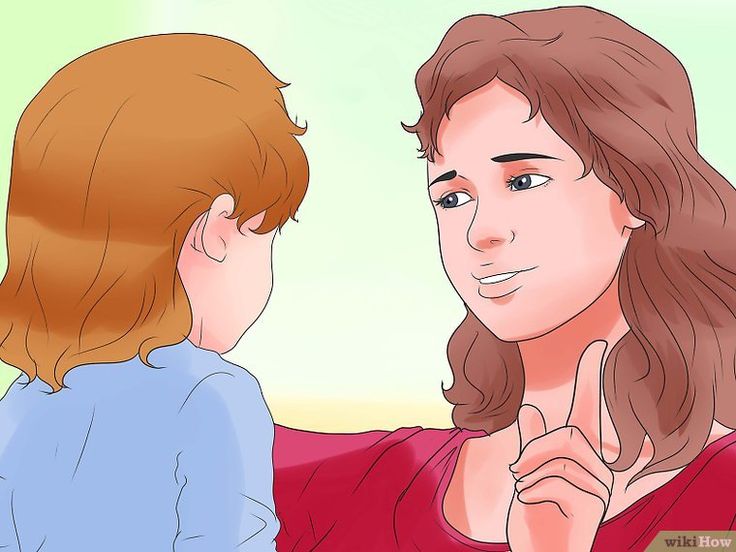
5. Praise and encourage your child. Try to focus on the child's good behavior. Be sure to praise your daughter for standing quietly in line, or praise your son for keeping his hands to himself at the supermarket. Give your child a special treat or reward immediately after the praise. The more you reward the desired behavior, the more often you will observe it!
6. Practice and be realistic. Going out in public with a child with autism is like trying to build muscle. The more you work on it, the stronger you become. Arrange "workouts" for leaving the house so that your child is better prepared. Gradually get used to new situations. Keep your first visits to new places short and stay close to home. Try to end the walk on a positive note: it is better to leave early than wait for the child to cry.
7. Don't give up. When you visit a new place for the first time, everything can go great, or you are in for a complete failure.

